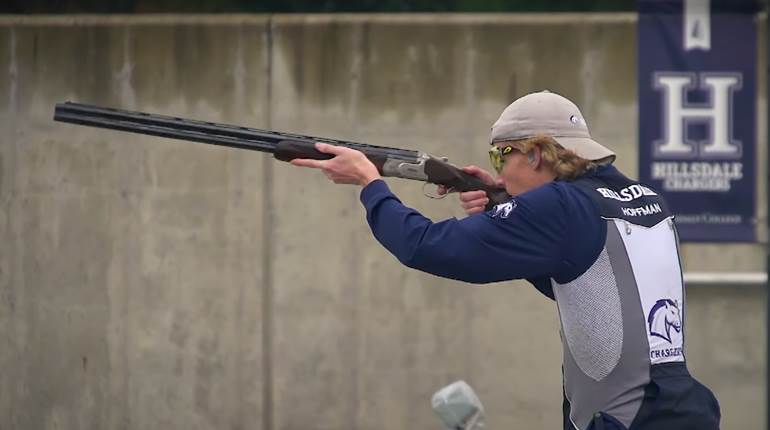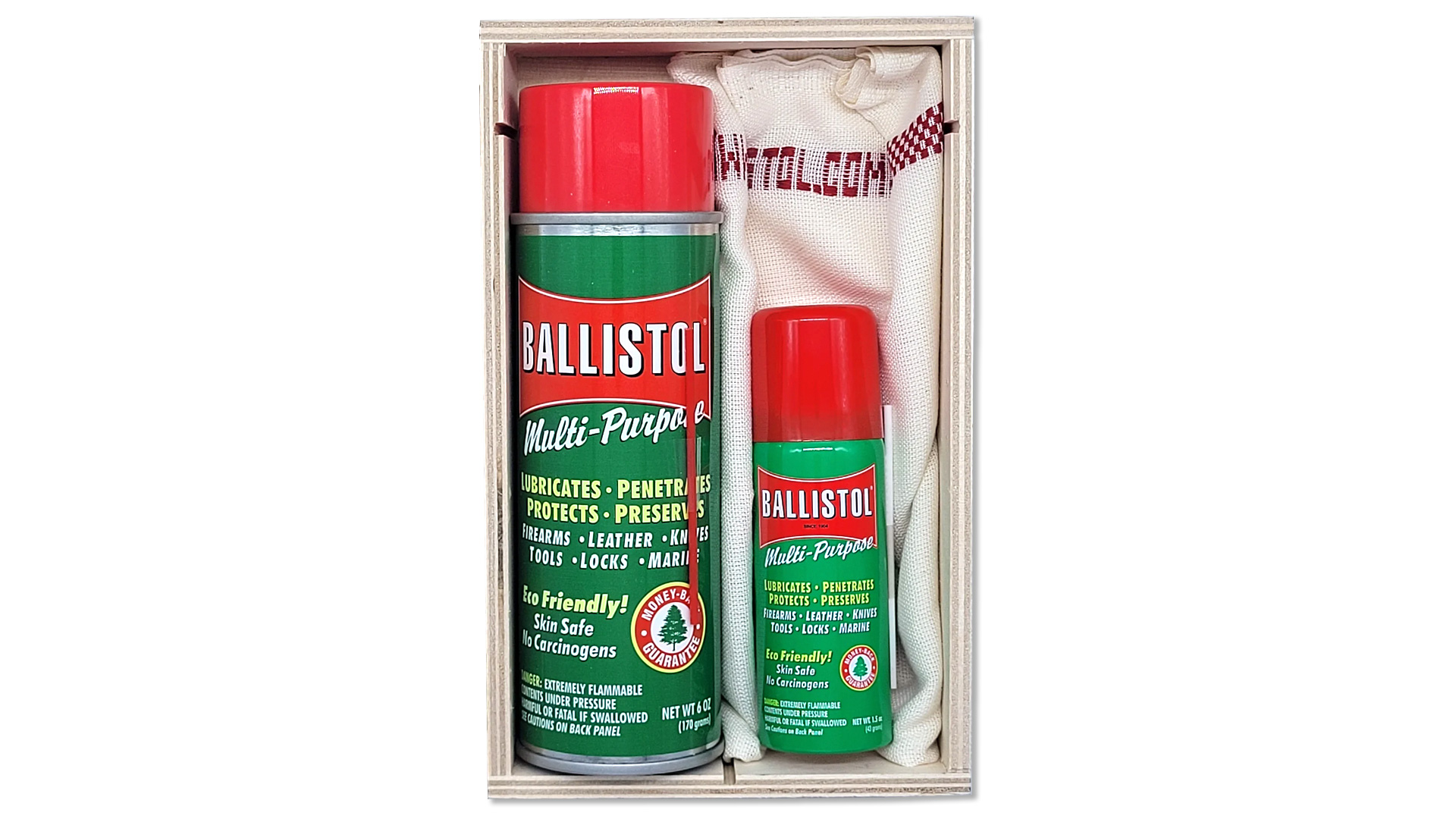By the end of World War II, the incorporation of new infantry tactics and technology was already reshaping the concept of the infantry rifle from the long-range, bolt-action rifles that had been standard before. During the war, the Germans developed a revolutionary new rifle, the StG44 "Sturmgewehr," along with an intermediate rifle cartridge to go along with it. This cartridge, 8 mm Kurz, was more powerful than conventional pistol ammunition of the time, yet not as powerful as a full-size rifle cartridge. The result was a lighter recoiling load, and thus reducing fatigue on the user. The Russians captured several examples during the war, and after studying the design, embraced the concepts behind it and adapted them into their own, the M43 7.62x39 mm cartridge.

By the end of the war, the Russians had rapidly adopted the new cartridge and developed a new semi-automatic rifle to chamber it, the SKS carbine designed by Sergei Simonov in 1945. Despite being made in a conventional manner similar to older rifles, with steel and wood construction, the SKS is shorter and lighter than the SVT-40 that proceeded it, at 40" long and 8.5 lbs., unloaded. Using a simple gas-operation action design, the standard version of the SKS feeds from an internal 10-round box magazine filled via the use of stripper clips. It also incorporates a built-in folding bayonet, which tucks up into the fore-end when not in use.

During the beginning of the Cold War, the SKS served as the standard infantry rifle of the Soviet Union, before being soon overshadowed by the AK-47 chambered for the same cartridge. Despite this, the SKS was a common sight throughout the Cold War, being widely used by Soviet supported nations and groups. While Russian production of the SKS only lasted from 1945 into the late 1950s, millions were manufactured in that time, along with the many more manufactured by China and other Eastern Bloc nations.

There are also several variations of the SKS carbine that were developed in that time, to include versions that ditch the internal box magazine and accept detachable AK-style magazines. The SKS is still actively used around the world today in a variety of roles and is also a popular military surplus option on the U.S. market due to its chambering for the common and popular 7.62x39 mm cartridge.
To watch complete segments of past episodes of American Rifleman TV, go to americanrifleman.org/artv. For all-new episodes of ARTV, tune in Wednesday nights to Outdoor Channel 8:30 p.m. and 11:30 p.m. EST.























